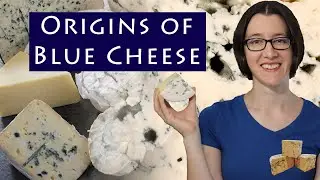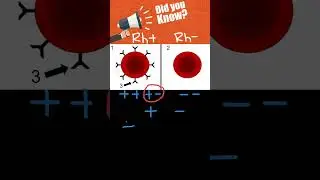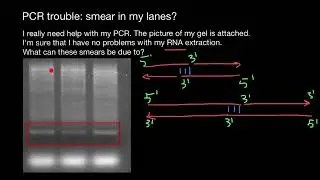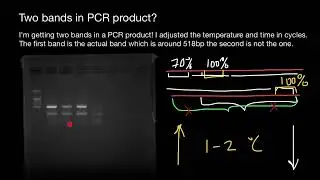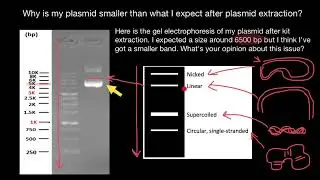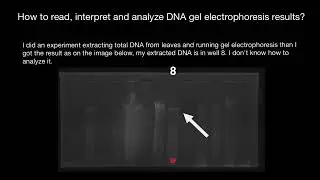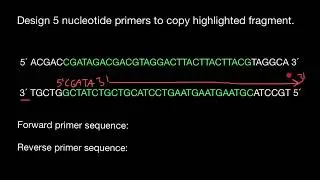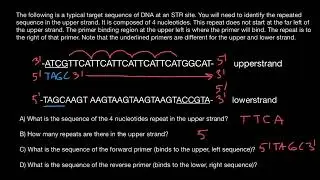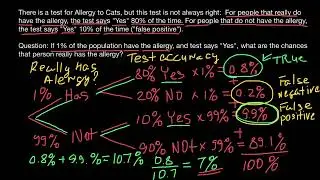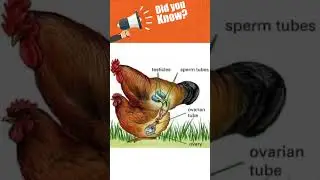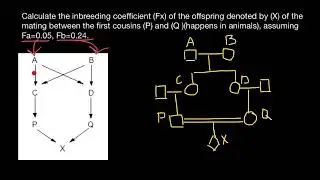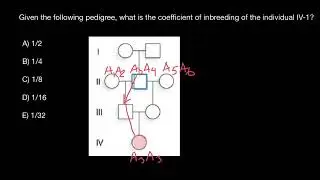Sense and antisense strands of DNA
In genetics, a sense strand, or coding strand, is the segment of double-stranded DNA running from 5' to 3' that is complementary to the antisense strand of DNA, which runs from 3' to 5'. The sense strand is the strand of DNA that has the same sequence as the mRNA, which takes the antisense strand as its template during transcription, and eventually undergoes (typically, not always) translation into a protein.
The immediate product of this transcription is a resultant initial RNA transcript, which contains sequencing of nucleotides that are identical to the sense strand. The exception to this is that uracil is used for nucleotide sequencing of RNA molecules rather than thymine.
Most eukaryotic RNA transcripts undergo additional editing prior to being translated for protein synthesis. This process typically involves removal of introns from the initial RNA transcript, the addition of a methylated guanine nucleotide cap at the 5' end, and the addition of a poly-A tail at the 3' end. This deletion process is known as splicing. The end product is known as a mature mRNA. Prokaryotic mRNA does not undergo the same process.
Strictly speaking, only the mRNA makes "sense" with the genetic code, as the translated protein peptide sequence can be directly inferred from this strand. The "antisense" strand of DNA is complementary to the "sense" strand and is the actual template for mRNA synthesis.
Knowing the difference between the sense and antisense strands is important in certain molecular biology applications. For example, in microarray expression technologies, it is important to know which strand is "viewed" on the array. An array can correspond to either strand; however, a single array will be made entirely of "sense" or "antisense" strands.
Identifying the different strands is also important in understanding small interfering RNAs, or siRNA.

